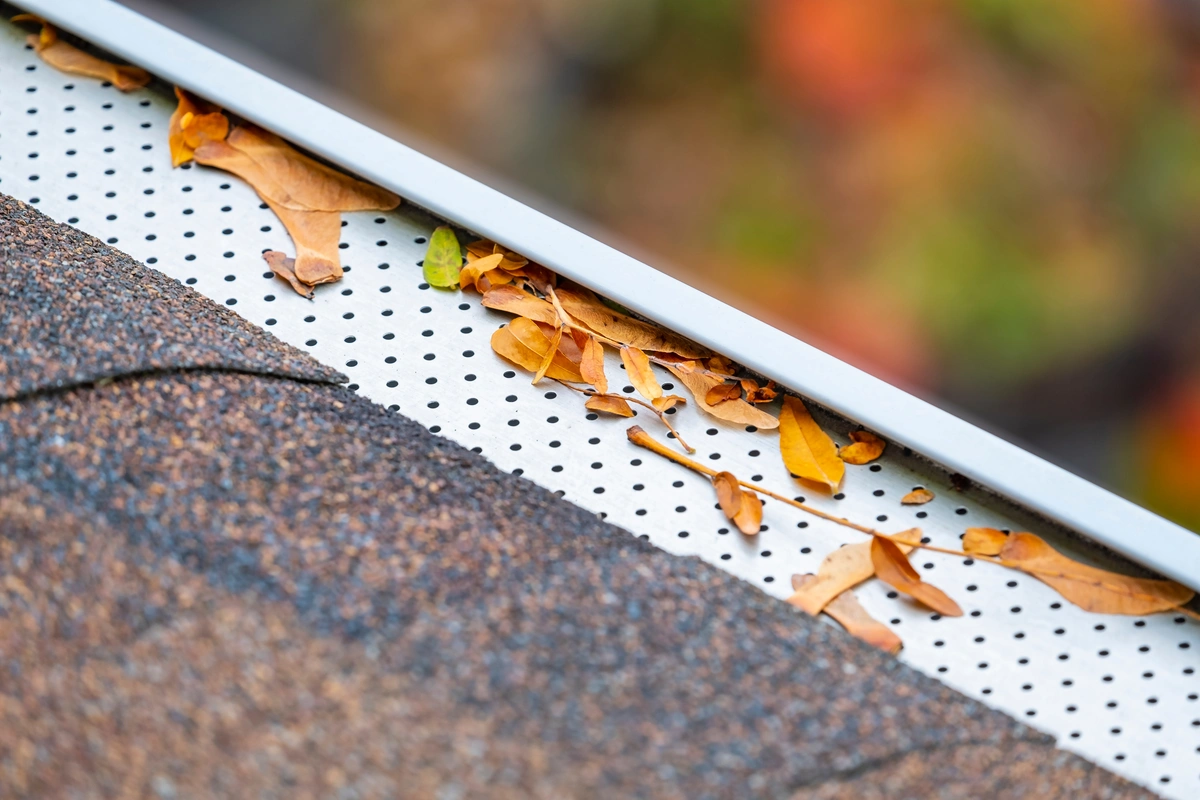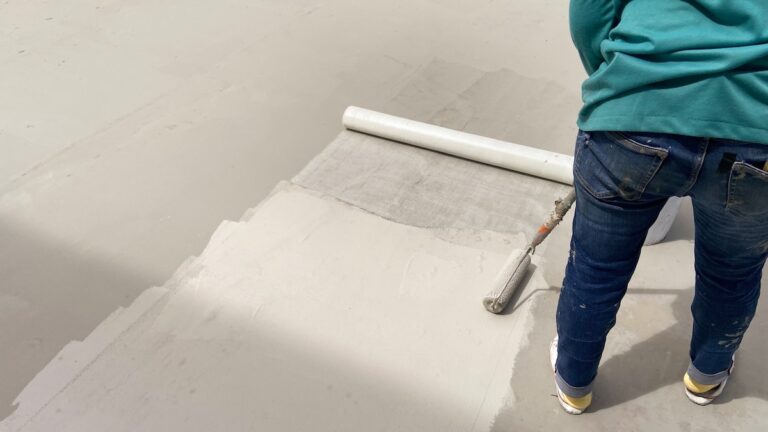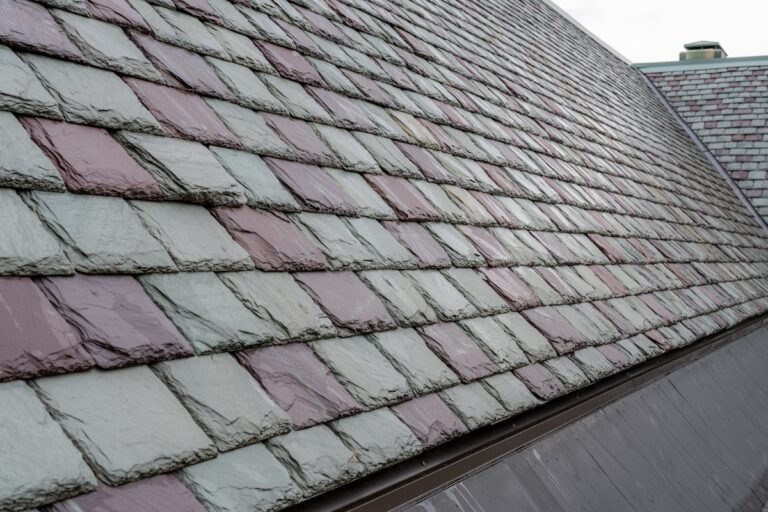Gutters are a critical part of your home’s infrastructure, channeling rainwater away from your roof and foundation. However, they can quickly become clogged with:
- Leaves
- Twigs
- Other debris
This can lead to water overflow and potential damage. One effective solution is installing gutter guards. Today, we will explore the various types of DIY gutter guards available, helping you make an informed decision for your home.
What Are Gutter Guards?

Gutter guards are protective devices that are installed over or within your gutters to prevent debris from entering while allowing water to flow freely through the system. They act as a filtration system, blocking leaves, twigs, and other unwanted materials from clogging the gutters, which can lead to overflow and potential damage.
Gutter guards come in various materials and designs, including:
- Mesh screens
- Foam inserts
- Solid covers
Each offers unique benefits and varying levels of effectiveness. By using gutter guards, homeowners can reduce the need for frequent gutter cleaning, thus saving time and effort while ensuring proper drainage and the longevity of their gutter systems.
Signs You Need Gutter Guards
Recognizing when to install gutter guards can save you from potential headaches and costly repairs. Here are some signs that indicate you may need gutter guards:
- Frequent Clogging: If your gutters are consistently clogged with leaves and debris, gutter guards can help prevent this issue.
- Overflowing Gutters: If you notice water spilling over the edges of your gutters during heavy rain, it may be time to consider guards to maintain proper drainage.
- Dirt and Mold Growth: The presence of dirt, mold, or mildew around your foundation can suggest that your gutters are not functioning properly, often due to blockage.
- Pest Infestation: If you find pests, such as insects or rodents, nesting in your gutters, gutter guards can create a barrier that discourages them from taking residence.
- Frequent Gutter Cleaning: If you’re regularly clearing debris from your gutters multiple times a year, installing guards can significantly reduce this maintenance effort.
Reasons to Install Gutter Guards Yourself
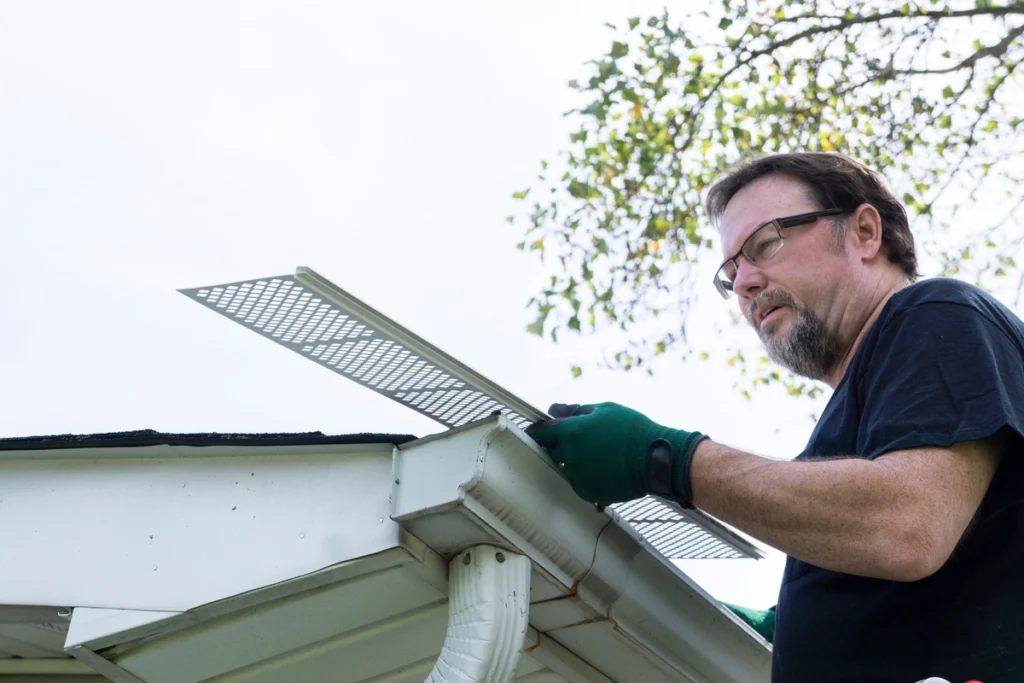
Installing gutter guards on your own can be a rewarding and cost-effective decision for DIY homeowners. Here are some compelling reasons to consider a self-installation approach:
- Cost Savings: Hiring a professional can be expensive. By installing gutter guards yourself, you can save on labour costs and keep the overall project within your budget.
- Flexibility and Control: DIY installation gives you the flexibility to choose the specific type of gutter guards that fit your home’s needs and allows you to work at your own pace, adapting the project as necessary.
- Increased Knowledge: Taking on the installation process enhances your understanding of your home’s gutter system. This knowledge can prove invaluable for future maintenance and repairs.
- Satisfaction of Completing a Project: Successfully installing gutter guards can provide a sense of accomplishment, as you can see the fruits of your labor protecting your home from water damage.
- Accessibility of Materials: With a wide variety of gutter guard materials available at local home improvement stores, you can easily find the right product that suits your gutters and skills, making the installation process straightforward.
By embracing a DIY approach, homeowners can not only protect their property more effectively but also enjoy the journey of hands-on home improvement.
10 DIY Gutter Guard Protection Systems to Consider
Looking for a simple but effective gutter guard system that you can install yourself? Consider the following options.
1. Mesh Gutter Guards
Mesh gutter guards are among the most popular types due to their versatility and effectiveness. They feature a fine mesh material that prevents leaves and small debris from entering the gutter while allowing water to flow through seamlessly.
⭐️ Benefits:
- Effective Debris Blocking: Keeps out even small debris like pine needles.
- Durability: Often made from stainless steel or aluminum, ensuring long-lasting protection.
- Easy Installation: Can be installed by sliding under the first row of shingles or attaching directly to the gutter.
🔨 Installation Tips:
- Measure your gutters to ensure you purchase the right size mesh guards.
- Clean your gutters thoroughly before installation.
- Attach the guards securely to prevent them from shifting during heavy rain.
2. Screen Gutter Guards
Screen gutter guards are similar to mesh guards but feature a more rigid screen with larger openings. They are particularly effective against larger debris, such as leaves and twigs.
⭐️ Benefits:
- Sturdy Construction: Made from metal or plastic, providing robust protection.
- Ease of Maintenance: Easier to clean compared to finer mesh guards.
- Cost-Effective: Generally more affordable than other types of gutter guards.
🔨 Installation Tips:
- Cut the screen to fit your gutter length.
- Secure the screen guard using clips or screws.
- Check for any gaps to ensure complete coverage.
3) Bottle Brush Gutter Guards
Bottle brush gutter guards consist of bristles that are inserted into the gutter. The bristles allow water to flow through while capturing leaves and debris on top.
⭐️ Benefits:
- Simple Design: Easy to install and maintain.
- Effective Water Flow: Allows for excellent water drainage.
- Affordable: One of the more budget-friendly options.
🔨 Installation Tips:
- Measure your gutter length and cut the bottle brush guards to fit.
- Insert the guards into the gutter, ensuring they sit securely.
- Periodically remove and shake off accumulated debris.
4. Surface Tension Gutter Guards
Surface tension gutter guards utilize the principle of water adhesion. Water clings to the guard’s surface and flows into the gutter, while debris is directed to fall off the edge.
⭐️ Benefits:
- High Efficiency: Excellent at keeping gutters free from all types of debris.
- Low Maintenance: Typically requires less frequent cleaning.
- Aesthetic Appeal: Blends well with the roofline, maintaining the home’s appearance.
🔨 Installation Tips:
- Follow the manufacturer’s instructions for the specific type of surface tension guard.
- Ensure a precise fit to maximize efficiency.
- Regularly inspect for proper water flow and debris deflection.
5. Perforated Gutter Guards
Perforated gutter guards feature small holes that allow water to pass through while blocking debris from entering the gutter system.
⭐️ Benefits:
- Versatile: Suitable for various types of roofs and gutter systems.
- Easy Installation: Can often be snapped onto existing gutters.
- Durable: Made from materials like aluminum or PVC.
🔨 Installation Tips:
- Measure and cut the perforated guards to fit your gutters.
- Snap or screw the guards into place.
- Ensure the holes are facing upward to maximize water flow and debris blocking.
6. Foam Gutter Guards
Foam gutter guards are made of porous foam that sits inside the gutter. They allow water to flow through while filtering out debris.
⭐️ Benefits:
- Affordable: Cost-effective solution for gutter protection.
- Easy to Install: No special tools required.
- Good Water Flow: Porous foam ensures efficient drainage.
🔨 Installation Tips:
- Cut the foam guards to fit your gutter length.
- Insert the foam pieces snugly into the gutter.
- Check regularly for any signs of foam degradation or clogging.
7. Reverse Curve Gutter Guards
Reverse curve gutter guards are designed to direct water into the gutter while guiding leaves and debris to fall off the edge.
⭐️ Benefits:
- Effective Debris Deflection: Keeps most types of debris out of the gutters.
- Durable Construction: Often made from high-quality materials like aluminum or plastic.
- Low Maintenance: Requires minimal cleaning and upkeep.
🔨 Installation Tips:
- Follow the specific installation instructions provided by the manufacturer.
- Ensure the guards are securely attached to the roofline.
- Periodically check for proper water flow and debris deflection.
8. Snap-On Gutter Guards
Snap-on gutter guards are easy to install and fit directly onto the gutter, preventing debris from entering.
⭐️ Benefits:
- Quick Installation: No need for special tools or professional help.
- Effective: Provides good protection against leaves and small debris.
- Affordable: Budget-friendly option for homeowners.
🔨 Installation Tips:
- Measure your gutters and cut the snap-on guards to size.
- Snap the guards onto the top of the gutter, ensuring a secure fit.
- Check for any gaps or loose sections.
9. Magnetic Gutter Guards
Magnetic gutter guards use magnets to attract and collect metal debris, preventing it from entering the gutter.
⭐️ Benefits:
- Specialized Protection: Ideal for areas with metal roofing or heavy metal debris.
- Easy to Install: Magnets make installation simple and quick.
- Low Maintenance: Requires minimal upkeep.
🔨 Installation Tips:
- Clean the gutters thoroughly before installation.
- Place the magnetic guards along the gutter, ensuring they are securely attached.
- Regularly check for metal debris accumulation.
10. Heated Gutter Guards
Heated gutter guards are designed to prevent ice buildup by melting snow and ice, ensuring a clear path for water to flow.
⭐️ Benefits:
- Prevents Ice Dams: Reduces the risk of ice dams forming, which can cause significant damage.
- Year-Round Protection: Effective in both winter and non-winter months.
- Durable: Made from high-quality materials designed to withstand extreme weather conditions.
🔨 Installation Tips:
- Follow the manufacturer’s instructions for installing the heating elements.
- Ensure proper electrical connections and insulation.
- Regularly inspect the system for any signs of wear or malfunction.
When to Hire a Professional for Installation
While many gutter guard systems are designed for do-it-yourself installation, there are situations where hiring a professional can ensure optimal results. If you have a high or steep roof, the risk of accidents increases, making professional installation a safer choice. Additionally, if you’re unsure about the compatibility of the gutter guards with your existing system or are dealing with complex roofing styles, expert assistance can help avoid costly mistakes.
Hiring a professional is also advisable if you lack the necessary tools or experience for installation, as they can ensure that everything is correctly fitted and functioning optimally. Overall, when in doubt, consulting with a professional can provide peace of mind and long-term effectiveness for your gutter protection system.
Gutter Protection Systems You Can Count On
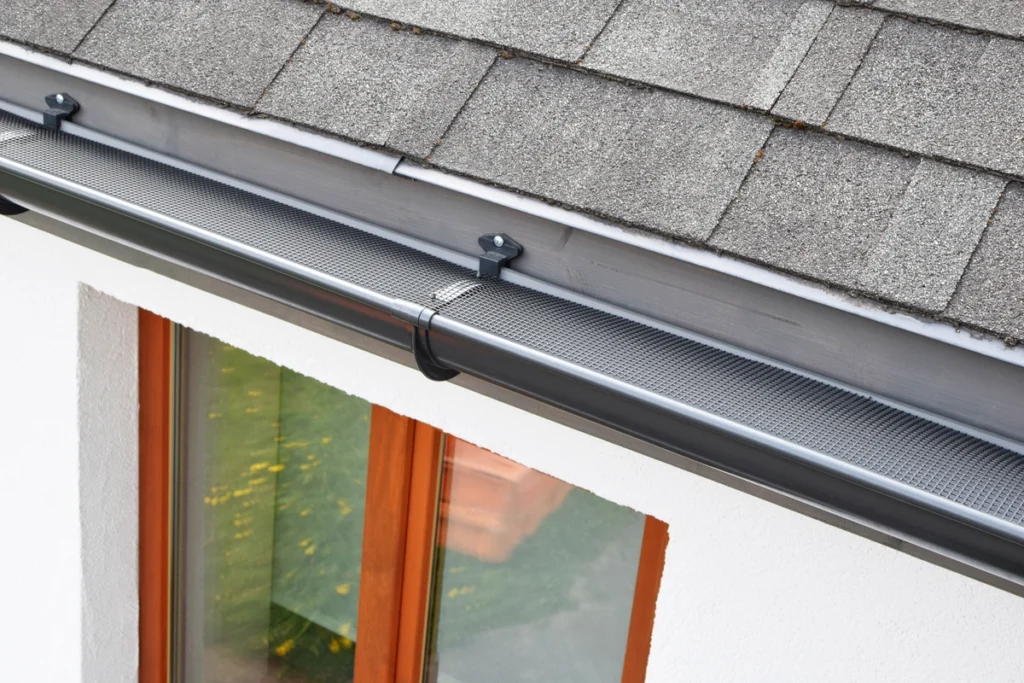
Choosing the right DIY gutter guards can make a significant difference in maintaining your home’s gutter system. Each type of gutter guard offers unique benefits and installation methods, allowing you to find the perfect fit for your needs. From mesh and screen guards to heated and magnetic options, there’s a solution for every homeowner.
Ready to protect your gutters and enhance your home’s longevity? Reach out to Johnson Restoration and leave the installations to a professional team!
